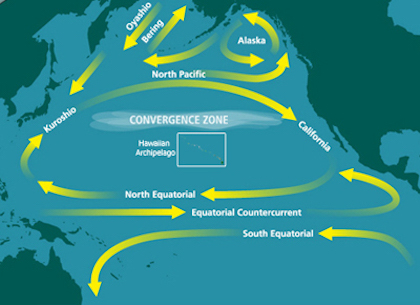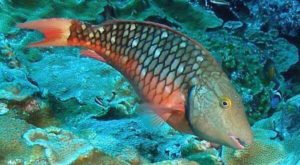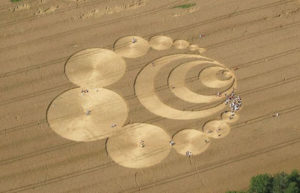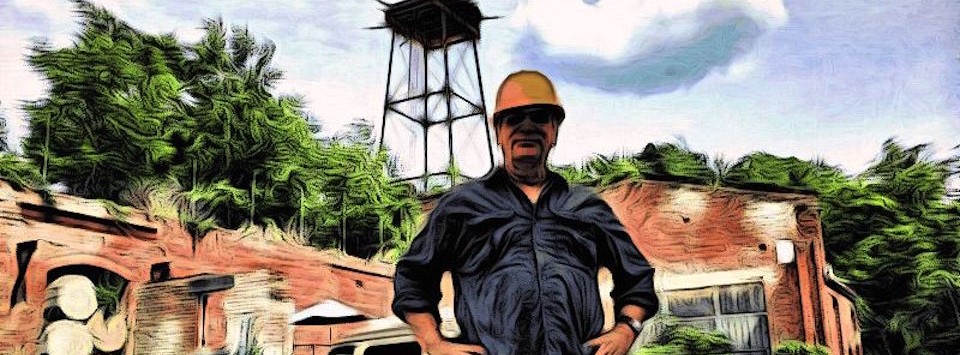Archive: Helium-Filled Holiday Wishes
What a Gas

My good friend Jeff Mann, the true Yard Ramp Guy, has asked me to revisit some of my original posts. This week in my From the Archives series: the essential nature of helium.

Zeppelin: Unleaded
The federal government has maintained a helium storage program since WWI, with the express purpose of making sure that America never falls behind in, um, a zeppelin arms race.
The Federal Helium Program is often viewed as one of the biggest boondoggles the government keeps funding. Both Reagan and Clinton tried to get rid of it. They couldn't have been more wrong, though.
Even apart from the fact that the program pays for itself with the proceeds of the helium it sells to U.S. companies, the helium program has plenty of other benefits to keeping it around.
First off, helium provides 42 percent of the nation's supply of unrefined helium gas. Second, it's already all stored in a huge porous rock formation below the Texas Panhandle, so there isn't a lot in terms of maintenance fees.
Even if we did need to harvest more, it's not that difficult. Among other things, helium is a byproduct of harvesting natural gas in the Midwest. Most importantly, helium is surprisingly essential to industries across the board.
Here's a non-exhaustive list of helium's uses:
- Airships are making a major comeback (see HERE), and they obviously need lots of helium.
- Cryogenic purposes. Not just freezing dead bodies, but cooling the magnets in MRI scanners and other similar uses. Helium makes an extremely effective coolant and is part of the process of making oxygen-hydrogen rocket fuel.
- Creating stable pressurized atmospheres. Deep sea divers often use atmospheric mixes that include helium.
- Arc welding materials that are contaminated by air or nitrogen.
- Supersonic wind tunnels.
- Gas chromatography—a method of analyzing the components of chemicals.
- As a protective gas in growing silicon and germanium crystals.
Last, and certainly not least: those party balloons that float and hug the ceiling? Filled with helium. I just bought 30 of them for my grandson’s birthday party. Birthdays just wouldn’t be as fun without helium.
Yard Ramp Guy Blog: The Forklift Factor
This week, my friend The Yard Ramp Guy provides some truly remarkable news about forklifts.
Click HERE to be uplifted.

Archive: The Great Pacific Garbage Patch
Or: Tainted Tuna Tartare

My good friend Jeff Mann, the true Yard Ramp Guy, has asked me to revisit some of my original posts. This week in my From the Archives series: oh, that flotsam and jetsam...

Trash Flow
There's a floating patch of garbage, larger than Texas, in the middle of the Pacific Ocean.
The Pacific Ocean contains huge, slow moving gyre-shaped currents. Debris that drifts into the calm centers of those gyres tend to stay there. It’s similar in some ways to the nearly self-contained gyre that’s the Sargasso Sea but caused by different things.
The debris that drifts into the biggest one, the North Pacific Subtropical Convergence Zone? Bits of plastic.
When you sail into the Great Pacific Garbage Patch, you won't see a lot of chunks of garbage floating around, and you certainly can't walk on it. Instead, the plastic has broken down into tiny particles that float in the upper layers of the water. Fish frequently mistake it for food and often starve, with stomachs full of plastic.
Many other lifeforms find the plastic poisonous, and as the plastics break down, they leak toxic chemicals into the environment, including ones as nasty as PCBs. (Don't read about PCBs unless you really want to freak yourself out, but if you must, click HERE).
There are even bacteria that have learned to eat the plastics, but they end up producing even nastier toxins much of the time.
As the toxic chemicals and plastics are ingested by fish, jellyfish, and other marine animals, they grow increasingly concentrated, up the food chain, as predators eat toxin-laden critters. Many of those predators in turn, like tuna (which are shockingly high up the food chain) contain much higher levels of toxins than the water around them. And then we, the people in this story, eat them. Bon appétit.
The Great Pacific Garbage Patch isn't alone. There is another major gyre in the Pacific, two in the Atlantic, and one in the Indian Ocean. They all contain garbage patches of their own. What are we doing to clean up these patches? Not much yet, other than research, really. There are lots of plans in the air, but not that much funding.
Yard Ramp Guy Blog: Toward Safer Forklifting
This week, my friend The Yard Ramp Guy helps bring clarity to your inclinations.
Click HERE to ramp up.

Archives: Parrotfish Poop
A Cautionary, er, Tail

My good friend Jeff Mann, the true Yard Ramp Guy, has asked me to revisit some of my original posts. This week in my From the Archives series: that beach only looks beautiful...

The Source of Your Sand Castle
Caribbean beaches are beautiful, even by the standards of tropical beaches, which are pretty high to start with. They're also made largely of poop. Parrotfish poop, to be specific.
(Okay, full disclosure: I’m not currently on a beach. I write this on a Sunday morning, in my robe, from my man cave next to the house here in suburbia. I’m safe. And thanks for caring.)
Move past the thought of that, and it’s a fascinating process:
The brilliantly colored parrotfish possesses a hard beak it employs for eating coral. The fish grinds up the coral in that beak to get at algae and other marine microorganisms growing on it, digests the algae, and then poops out the ground-up coral as a fine sand.
Parrotfish produce a LOT of sand, too. A single green humphead parrotfish can produce more than 200 pounds of sand each year. As much as 85% of the sand on many of these beaches is produced by parrotfish.
Watch it in action HERE, if you dare.
People used to think that parrotfish just ate coral for the polyps and were damaging the reefs. It turns out, though, that most parrotfish species go primarily for dead coral, clearing it for new coral to grow. So, they’re providing a sort of public service.
Parrotfish also eat large amounts of sea sponges, which grow faster than coral and can smother young ones. As it turns out, our parrotfish have a largely symbiotic relationship with the corals they eat. And as we learn more and more about the world, we begin to find more and more of these relationships.
It's not just the Caribbean that owes its beaches to parrotfish. The Maldives, the white sand beaches of Hawaii, and other locations around the world do, as well.
Gorgeous white sand beaches in tropical areas around the world are all made of poop. A little gross, I know. Which is exactly why I'm telling everyone: I’m simply trying to clear out a few of you so that my next beach experience is less crowded.
Yard Ramp Guy Blog: Toward Better Steel
This week, my friend The Yard Ramp Guy is all in on responsible, net-zero steel.
Click HERE to learn why he loves Swedish innovation.

Archives: Landing Instructions
Or: You Traveled a Gazillion Miles to Earth & Left Us Some Stones?

My good friend Jeff Mann, the true Yard Ramp Guy, has asked me to revisit some of my original posts. This week in my From the Archives series: I'm not trying to alienate anyone, but...

Whoa.
I'm convinced that there are aliens out there somewhere, but I'm equally convinced they haven't visited us yet.
There was a book called Chariots of the Gods? written by a hack named Erich von Däniken in 1968 that claimed the aliens visited us in ancient times and were responsible for the construction of the pyramids, Stonehenge, the stone heads of Easter Island and others.
The book was extensively rewritten by its final editor, Wilhelm Utermann, who had been a bestselling Nazi author. The book also claimed that the Old Testament, other ancient religious documents, and countless other folktales and legends were also inspired by visits from aliens in ancient times.
The key to the book's claims of aliens constructing various ancient wonders revolved around the idea that the wonders were far too technologically advanced to have been built by ancient peoples. That's just plain wrong. (I wrote about how the pyramids were built—in my first-ever blog post.)
Every single one of von Däniken's claims of that nature can be rebutted fairly easily. Simply put, our ancestors were incredibly smart and innovative.
Unfortunately, von Däniken's ideas are still floating around in the form of that, ahem, television show “Ancient Aliens,” and it still relies on the ridiculous idea that our ancestors couldn't build anything on their own.
For example, crackpot theorists frequently claim that the Nazca Lines are landing instructions for aliens. I’d say the aliens would’ve developed better methods for setting up landing strips. (Not to mention that the terrain around the Nazca Lines would have made terrible landing strips. Landing on or near the lines would have utterly wrecked the delicate constructions.)
Also, if aliens had visited us in ancient times, do you think they could have given us better gifts than big stone monuments? You know, like plumbing, the germ theory of disease, democracy? Even just some nice farming tips?
Yard Ramp Guy Blog: The Safe Yard Ramp Angle
This week, my friend The Yard Ramp Guy answer a potential customer's concern.
Click HERE to read his response.






